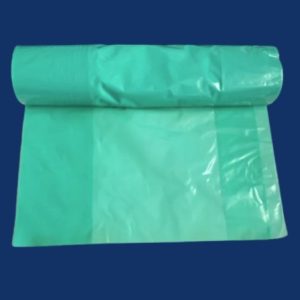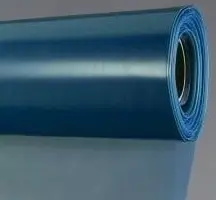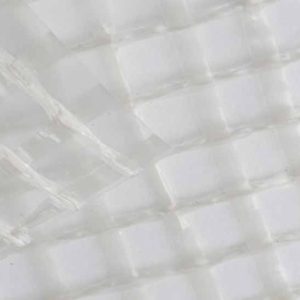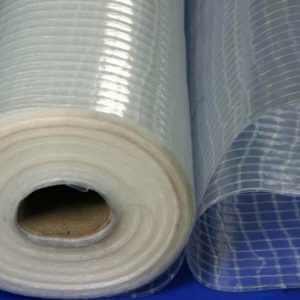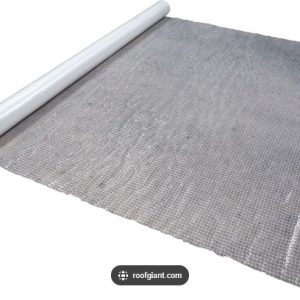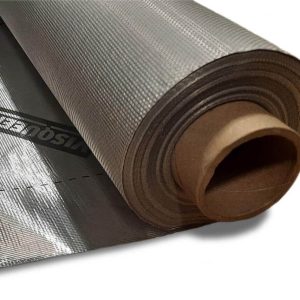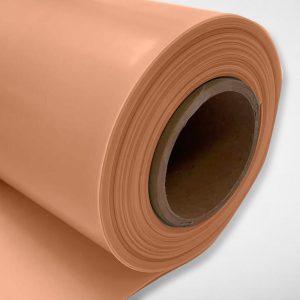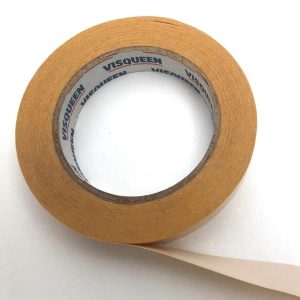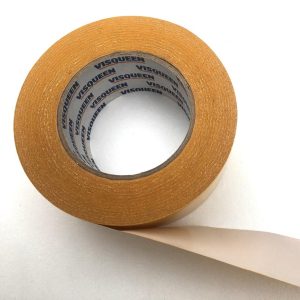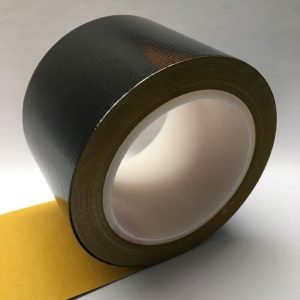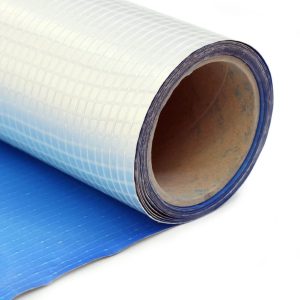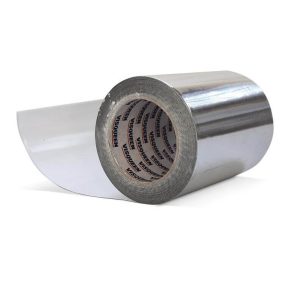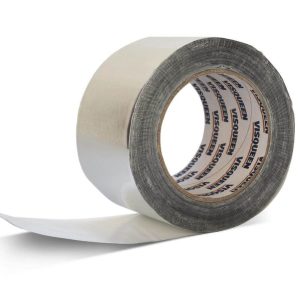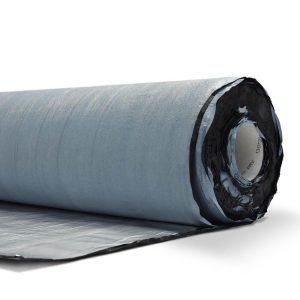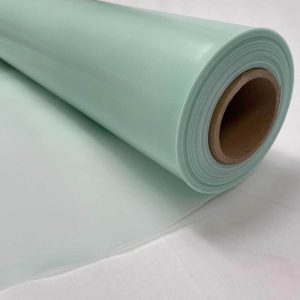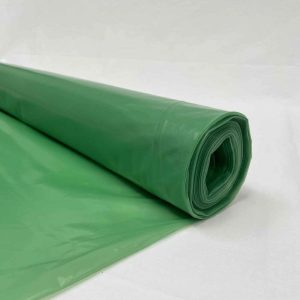Reduce condensation risk and protect your structure from airborne moisture with a choice of vapour barrier membrane systems.
What are vapour barriers?
Vapour barriers are membranes that are used in construction to prevent or limit the amount of moisture that can travel through the wall, floors, and ceilings. By improving the airtightness of a building, vapour barriers help to prevent condensation within structural cavities, preventing issues such as rotting or mould, and improving the overall energy efficiency of a building.
When do I need a vapour barrier?
In the UK, where the external temperature is regularly colder than the desired internal temperature of our properties, regular activities such as drying clothes, showering, cooking and even breathing will contribute towards creating warm air inside the home that is laden with water vapour. If this warm air meets a colder surface, such as a window, door, wall, ceiling or even within structural cavities, then this water vapour will be deposited on the colder surface in the form of condensation. If this condensation can accumulate and penetrate into insulation, over time it will lead to further problems such as rot, staining and the deterioration of the insulative properties of the material.
Therefore, if you are insulating a house or property on the inside, a vapour barrier is required to prevent condensation from penetrating and damaging your insulation. The exception to this rule is if your insulation is provided with a vapour resistant layer, sometimes called a vapour control layer. If this is the case, then it is still important to ensure that any gaps and seams between the insulation boards are sealed with specialist vapour barrier tape.
Contact BaseTec - Complete Systems. Reliably Delivered.
If you require assistance with vapour barriers or need advice on which vapour barrier product is best suited for your requirements, contact our friendly teams in Kent - 01732 906 826 - or Leeds - 0113 521 6789.
Return to our full range of
Building Membranes and Protective Sheeting.
